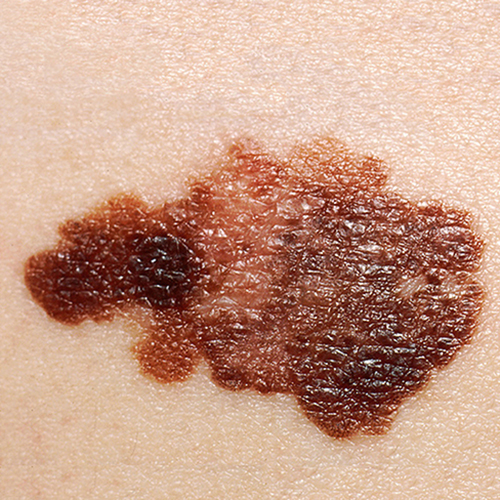
A multi-center study conducted in Spain, reported in Nature Metabolism, has shown that a chronic angina drug improves melanoma treatment efficacy in mouse models of the disease—the most deadly of skin cancers. The research homed in on BRAF, a key genetic driver of the development of melanoma to discover why patients soon develop resistance to therapies targeting it, as well as why the patients also exhibit poorer responses to immunotherapy.
While development of targeted therapies and immunotherapies have benefited many melanoma patients, about half of all patients are either unresponsive and/or acquire resistance to these therapies. The combination of current therapies with the angina drug ranolazine has the potential to be a therapeutic alternative for these patients, improving their clinical response. Future in-human clinical studies of using ranolazine in patients who don’t respond to these therapies should be facilitated by the fact the drug is already approved for use in humans.
The researchers noted that the study, coordinated by Imanol Arozarena Martinicorena, head of the Cancer Signaling Unit at Navarrabiomed, provides a deeper understanding of the role of fatty acid metabolism in the development of BRAF inhibitor resistance, while showing the drug ranolazine slowed tumor progression. The research also found that ranolazine increased the immune system’s ability to recognize melanoma cells, which increased the efficacy of immunotherapies by increasing the ability of lymphocytes to fight the disease.
“This study demonstrates that it is possible to pharmacologically reorganize the metabolism of the tumor cell to improve the effect of targeted therapies and immunotherapies,” noted Martinicorena. “The next challenge is to demonstrate the clinical effect of these combinations in patients and study the potential of ranolazine in other types of cancer. To do this, we need to better understand how this drug acts both in tumor cells and in the immune system.”
The research was conducted in close collaboration with two other centers: the Institute of Neurosciences CSIC-UMH and IRB Barcelona. Navarrabiomed designed and managed the development of the project, and also carried out experiments related to resistance to targeted therapies.
The Institute of Neurosciences conducted the immunotherapy trials with mice and the study of immune cells in the tumor microenvironment. “Immunotherapy has established itself as a fundamental therapeutic strategy for melanoma and other types of cancer. Despite this, many patients do not respond optimally to these treatments. This work shows the beneficial impact of the combination of ranolazine with immunotherapy in preclinical models of melanoma, thus supporting its possible application in patients,” added Berta Sánchez-Laorden, principal investigator of the Cellular Plasticity in Development and Disease group at the Institute of Nearuosciences.
IRB Barcelona’s contribution to the study was to uncover the effect of ranolazine on the metabolic state of the tumor cells, which was accomplished via single-cell RNAseq. “We suspected that fatty acid metabolism was crucial in the most aggressive forms of melanoma, but being able to confirm this with a drug already approved for use in humans is highly relevant, noted Salvador Aznar Benitah, PhD, who leads the stem cells and cancer lab at IRB Barcelona. “Hopefully, these results can pave the way to change clinical practice.”













